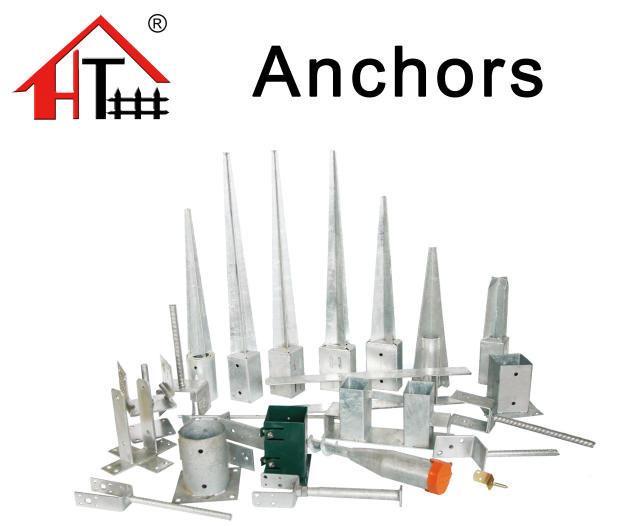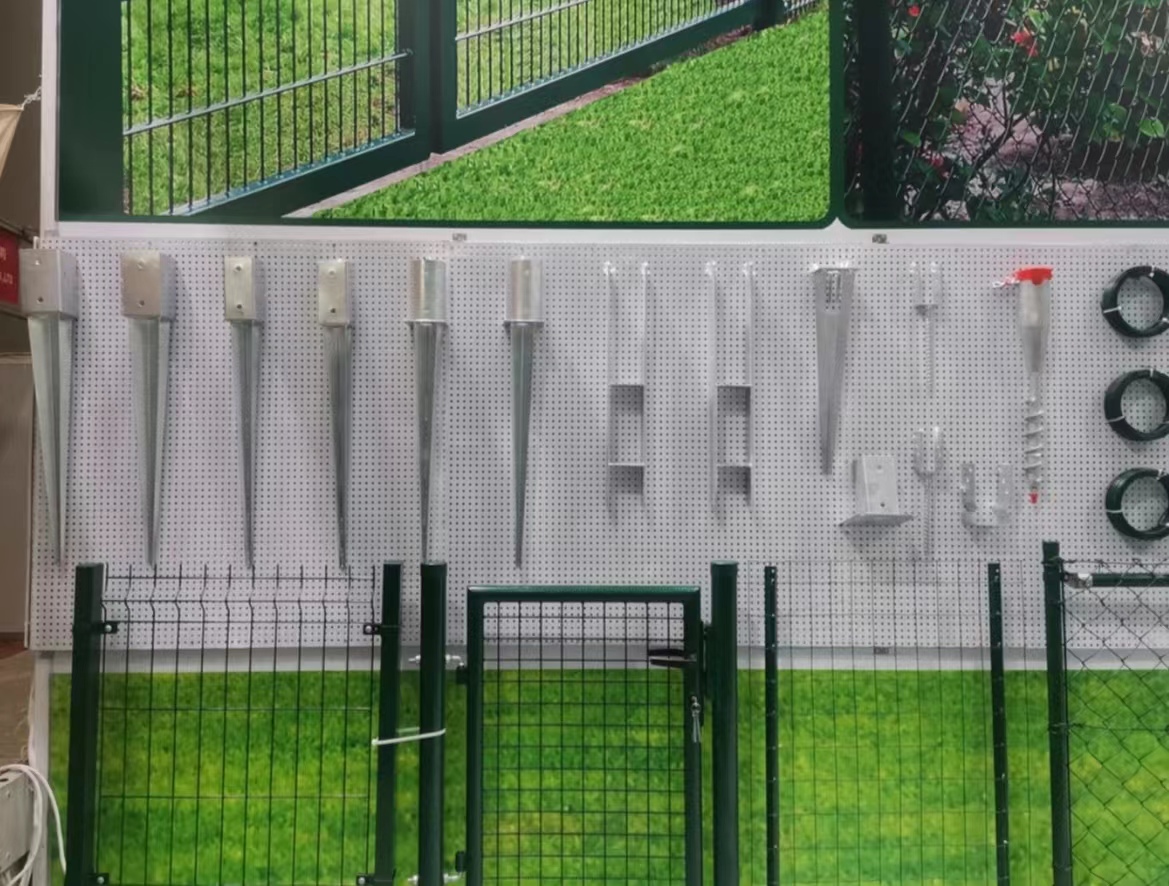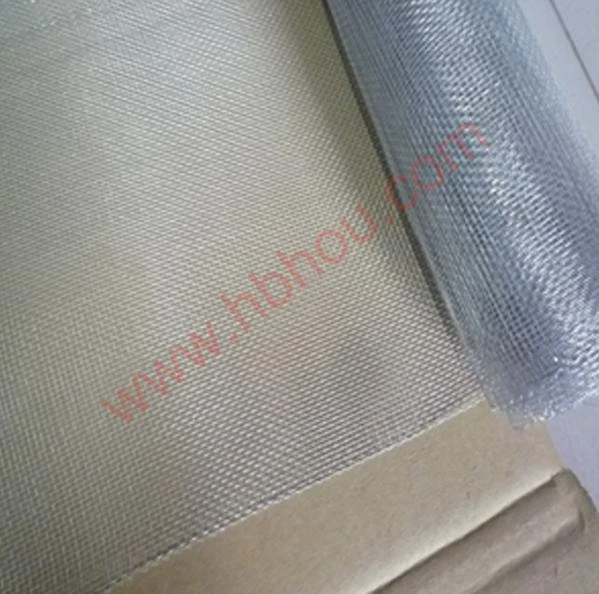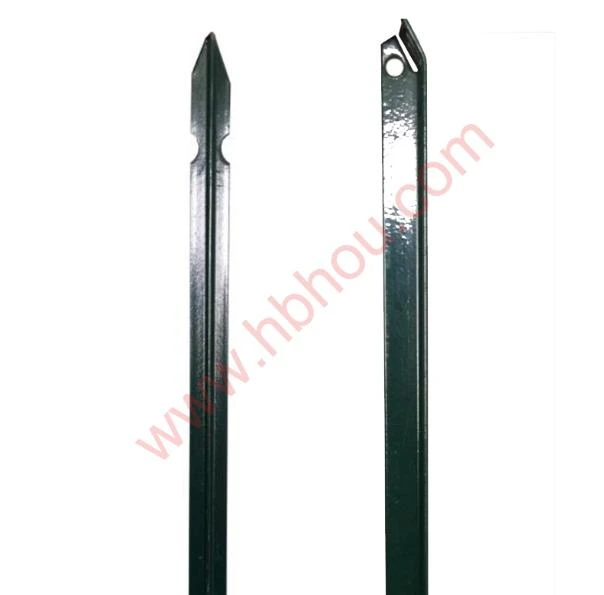Building a 6 ft Wire Fence A Practical Guide for Homeowners
When it comes to securing a property or creating a boundary, installing a fence can be one of the most practical and effective solutions. A 6-foot wire fence is often favored due to its balance of height, durability, and affordability. In this article, we'll explore the benefits of a 6-foot wire fence, the materials required, and a step-by-step guide to installation.
Benefits of a 6-Foot Wire Fence
1. Security and Privacy A 6-foot wire fence provides a significant height that discourages trespassers and keeps unwanted animals out of your yard. It’s an excellent choice for maintaining privacy without feeling completely closed off from the outside world.
2. Cost-Effective Wire fencing is generally less expensive than traditional wood or vinyl fences. The materials are readily available, and many homeowners can install the fence themselves, further reducing costs.
3. Durability Unlike wooden fences that may rot or warp over time, wire fences are made from galvanized steel or aluminum, making them resistant to rust and corrosion. This ensures a longer lifespan and less maintenance over time.
4. Versatility Wire fences can be used in various applications, from enclosing gardens and pets to agricultural uses. They can also be tailored to fit different terrains and property shapes.
Materials Needed
When installing a 6-foot wire fence, you will need the following materials and tools
- 6-foot wire fencing rolls - Fence posts (wood or metal) - Concrete mix (for securing posts) - Tension wire or barbed wire (optional for added security) - Post hole digger or auger - Level - Wire cutters - Safety gloves and goggles - Measuring tape
6 ft wire fence
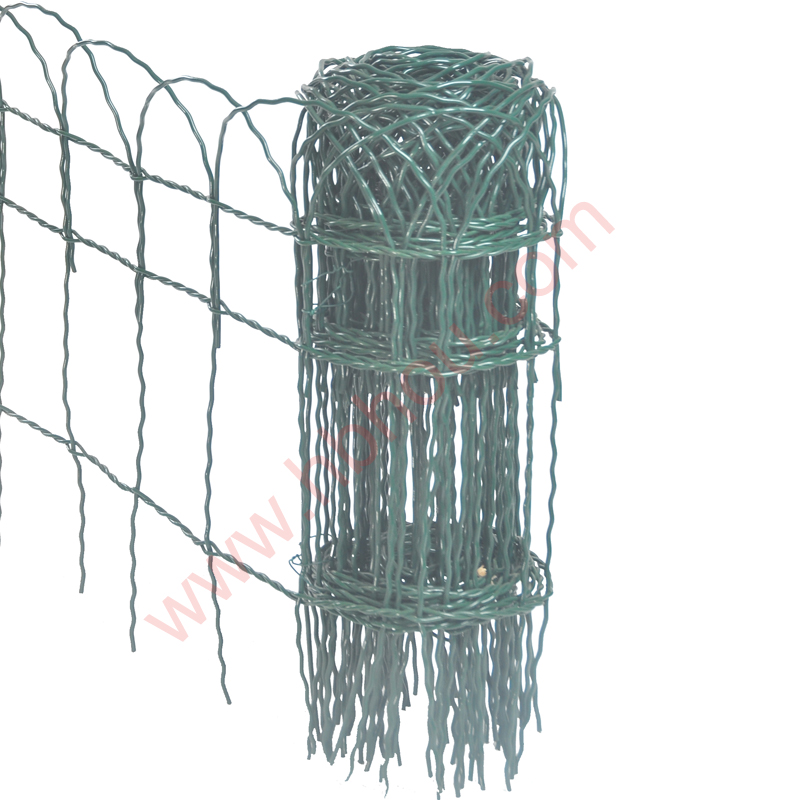
Step-by-Step Installation Guide
1. Planning and Measurement Start by outlining the area where you want to install the fence. Measure the perimeter carefully to determine how much wire fencing and how many posts you'll need. Consider any local zoning restrictions or homeowners' association guidelines.
2. Marking Post Locations Space your fence posts about 8-10 feet apart for optimal support. Use stakes and string to mark the locations consistently.
3. Digging Holes for Fence Posts Using a post hole digger, create holes that are at least 2 feet deep. This depth will provide stability for the fence.
4. Setting the Posts Place the posts into the holes and ensure they are level. Mix the concrete according to the package instructions and pour it into the holes around the posts. Allow the concrete to cure for at least 24 hours.
5. Attaching the Wire Fencing Once the posts are set, unroll the wire fencing along the perimeter. Use wire cutters to trim the fencing to length. Attach the fencing to the posts using fencing staples or wire ties, making sure it is taut and secure.
6. Finishing Touches If desired, add tension wire or barbed wire at the top for additional security. Trim any excess fencing and check for stability, making adjustments as necessary.
Conclusion
A 6-foot wire fence is a solid investment for any homeowner looking to enhance security and define property boundaries. With the right materials and a bit of effort, you can create a durable and attractive fence that meets your needs. Whether for privacy, safety, or aesthetics, a 6-foot wire fence is an excellent choice that can last for years with minimal maintenance.










